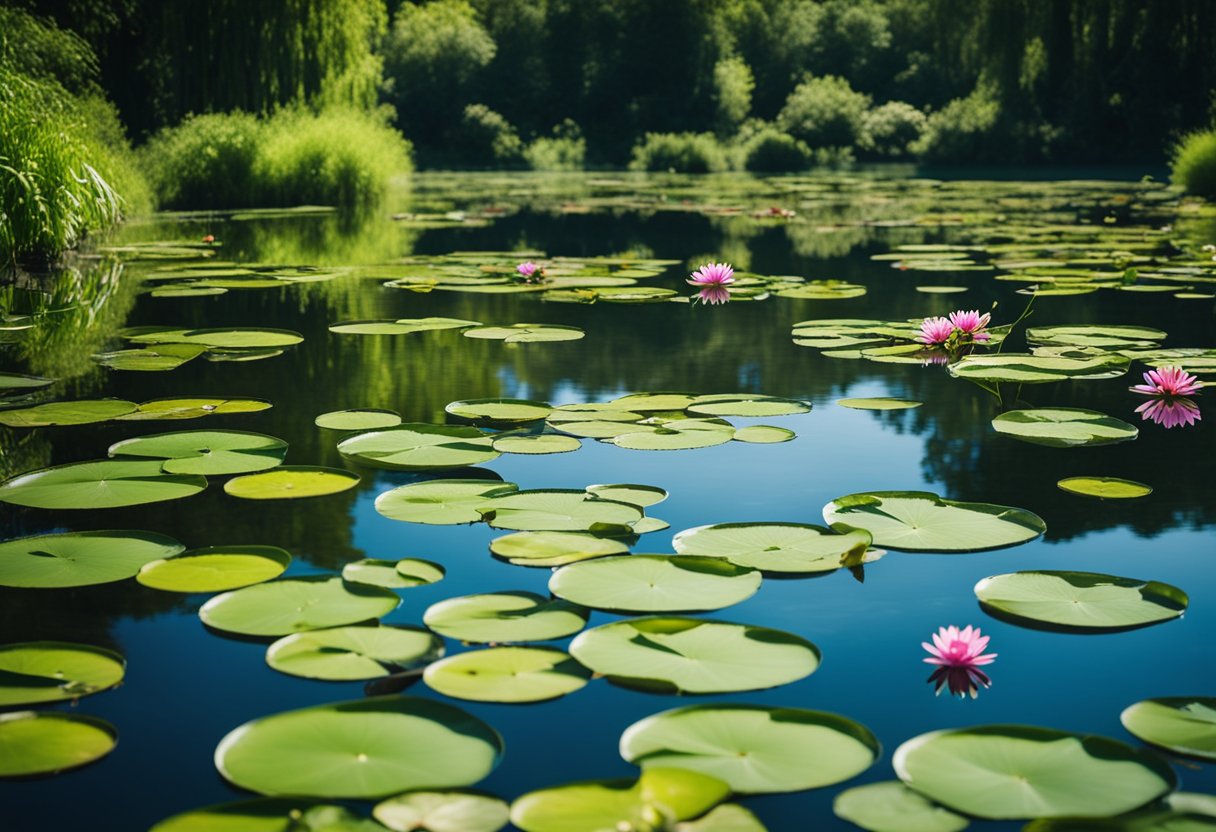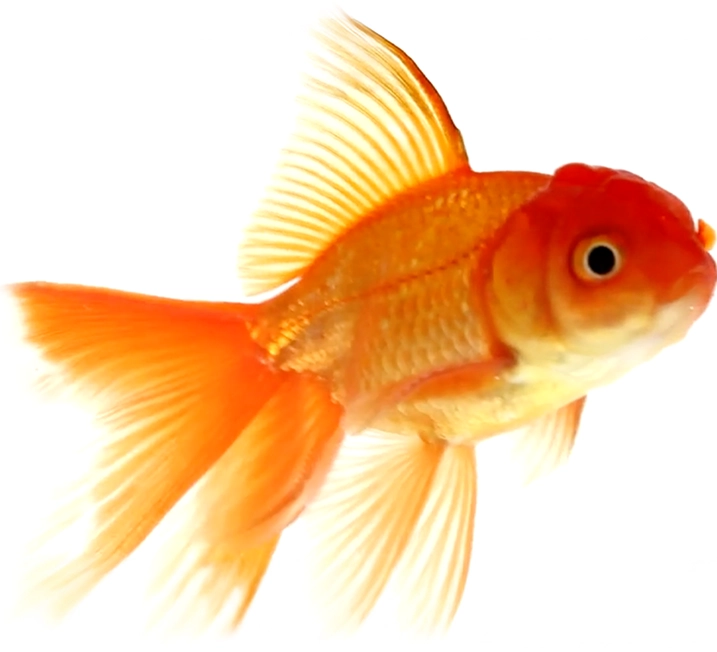What Are The Benefits Of Having A Pond? Exploring Ecosystem Enhancements and Aesthetic Value



Common Pond Cleaning Mistakes and How to Avoid Them
A clean and healthy pond is more than just a beautiful addition to your outdoor space—it’s a delicate ecosystem that requires careful balance. Regular pond maintenance helps keep pond water clear, supports aquatic life, and prevents common issues like algae overgrowth, murky water, and unhealthy fish. However, many pond owners unknowingly make cleaning mistakes that disrupt this balance, leading to more problems than solutions.
From overcleaning to neglecting essential maintenance tasks, these mistakes can harm beneficial bacteria, damage pond plants, and interfere with the efficiency of your pond filter. Understanding these pitfalls and how to avoid them is crucial for maintaining a garden pond that remains beautiful and self-sustaining.
In this guide, we’ll explore five common pond cleaning mistakes and provide expert tips on how to keep your water clear while ensuring a thriving ecosystem.
5 Common Pond Cleaning Mistakes
1. Overcleaning the Pond
Many pond owners assume that frequent or deep cleaning is necessary for a pristine pond, but excessive cleaning can do more harm than good.
Why Excessive Cleaning Disrupts the Pond Ecosystem
A pond is home to a complex ecosystem of fish, plants, and microorganisms. When you remove too much water or scrub surfaces aggressively, you strip away beneficial bacteria that help break down organic waste and maintain water quality. This can lead to imbalances that encourage algae blooms and water cloudiness.
Best Practices for Maintaining Beneficial Bacteria and Water Balance
- Avoid draining the pond completely—partial water changes are better.
- Use biological pond treatments to support natural bacteria growth.
- Rinse filters in pond water instead of tap water to preserve bacterial colonies.
2. Ignoring Water Quality
One of the biggest mistakes in pond maintenance is failing to monitor and maintain proper water quality levels.
How Poor Water Quality Affects Fish and Plant Health
Unchecked water conditions can lead to high ammonia and nitrate levels, which are toxic to fish. Additionally, imbalanced pH levels can stress aquatic life and cause excessive algae growth.
Tips on Monitoring pH, Ammonia, and Nitrate Levels
- Regularly test water parameters with a pond test kit.
- Keep pH between 6.5 and 8.5 for a balanced environment.
- Control nitrate levels by limiting fish food and adding oxygenating pond plants.
3. Using Harsh Chemicals
Many pond owners turn to chemical treatments to eliminate algae and maintain clear water, but using the wrong products can harm your pond’s ecosystem.
Why Certain Chemicals Harm Aquatic Life
Some algaecides and water treatments contain toxins that can kill fish, damage plants, and disrupt the natural cycle of your maintenance pond. Overuse of these chemicals can also lead to oxygen depletion, making it harder for beneficial microorganisms to thrive.
Safer Alternatives for Algae Control and Water Treatment
- Use natural treatments like barley straw or beneficial bacteria additives.
- Increase aeration to prevent stagnant water, which encourages algae growth.
- Introduce floating plants like water lilies to provide shade and reduce algae-promoting sunlight.
4. Neglecting Filter and Pump Maintenance
A well-functioning pond filter and pump are essential for keeping pond water clean and oxygenated. However, many pond owners forget to maintain these crucial components.
The Importance of Regular Filter and Pump Cleaning
Filters trap debris and support bacterial growth that helps break down waste. If left uncleaned, they can become clogged, reducing their efficiency and leading to murky water and unhealthy fish.
Signs That Your Filtration System Needs Attention
- Reduced water flow or weak pump operation.
- Excessive buildup of sludge or debris in the filter.
- Strong odours or visible algae blooms in the pond.
Proper Filter and Pump Maintenance Tips
- Clean mechanical filters regularly to prevent blockages.
- Avoid over-cleaning biological filters to preserve beneficial bacteria.
- Ensure pumps are running efficiently to keep oxygen levels high.
5. Failing to Remove Organic Debris Properly
Leaves, fish waste, and decaying plants can quickly accumulate in a pond, leading to poor water quality if not managed properly.
How Decaying Leaves and Waste Contribute to Poor Water Conditions
Organic debris releases harmful compounds like ammonia and nitrites as it decomposes. This not only makes water murky but also creates an environment where algae and harmful bacteria can thrive.
Best Methods for Skimming and Using a Pond Vacuum
- Use a pond skimmer or net to remove leaves and debris regularly.
- Install a pond vacuum to clean sludge from the bottom without disrupting beneficial bacteria.
- Add floating plants to reduce the amount of organic material falling into the pond.
How to Clean Your Pond the Right Way
Cleaning your pond doesn’t mean removing every bit of algae or draining all the water. Instead, it’s about maintaining a natural balance while ensuring that waste and debris don’t accumulate. Follow this eco-friendly step-by-step process for pond maintenance without disrupting the ecosystem.
Step 1: Remove Surface Debris Regularly
Leaves, twigs, and other organic debris can fall into your pond, decomposing and contributing to poor water quality. Use a pond skimmer or net to remove floating debris every few days.
Step 2: Use a Pond Vacuum for Sludge Removal
Over time, organic matter settles at the bottom of your pond, forming a layer of sludge that can release harmful toxins. A pond filter helps, but using a pond vacuum every few months will remove built-up waste without disturbing the pond’s inhabitants.
Step 3: Maintain the Right Balance of Pond Plants
Pond plants play a crucial role in keeping your pond clean by absorbing excess nutrients that contribute to algae growth. Floating plants like water lilies provide shade, reducing sunlight exposure, while submerged plants improve oxygen levels for fish.
Step 4: Keep Your Filtration System in Top Condition
A well-functioning pond filter removes impurities and helps maintain water clarity. Clean mechanical filters regularly, but avoid scrubbing biological filters aggressively, as they contain beneficial bacteria that help break down waste naturally.
Step 5: Avoid Overcleaning the Pond Liner
The pond liner develops a thin layer of biofilm that supports microbial life. Completely scrubbing this away can disrupt the pond’s ecosystem. Instead, gently rinse off excess dirt without removing this protective layer.
Step 6: Use Natural Water Treatments
Chemical treatments can be harmful to fish and plants. Instead, opt for natural solutions like barley straw, which prevents algae growth, or beneficial bacteria treatments that break down organic waste.
Step 7: Perform Partial Water Changes When Needed
Instead of draining the entire pond, replace about 10-20% of the pond water every few weeks to dilute accumulated toxins. Always dechlorinate tap water before adding it to your pond to avoid harming aquatic life.
Step 8: Monitor Water Quality Regularly
Test kits help check pH, ammonia, nitrite, and nitrate levels to ensure your pond remains stable. Imbalanced water chemistry can lead to fish stress and excessive algae growth.
By following these steps, you can maintain a clean, healthy pond without disrupting its natural ecosystem. However, prevention is just as important as cleaning. Let's explore ways to keep your pond in top shape with minimal intervention.
Preventative Measures for Long-Term Pond Health
Once your pond is clean, the key to reducing maintenance is creating a self-sustaining ecosystem. Here’s how to prevent future problems and keep your water clear with minimal effort.
1. Build a Self-Sustaining Pond Ecosystem
A well-balanced pond has natural filtration elements like aquatic plants, beneficial bacteria, and a properly sized pond filter that work together to keep water quality stable. Avoid disrupting these natural processes with excessive cleaning or chemical treatments.
2. Smart Landscaping Techniques to Reduce Debris
- Use a pond net in fall to prevent leaves from accumulating.
- Plant shrubs or tall grasses around the pond to act as windbreaks and reduce the amount of dirt and debris entering the water.
- Install a small buffer zone with gravel or mulch to absorb runoff and prevent excess nutrients from entering the pond.
3. Improve Aeration and Water Circulation
Proper aeration prevents stagnation and keeps oxygen levels high. Stagnant water promotes algae growth and unpleasant odours. Here’s how to improve aeration:
- Install a fountain or waterfall: Moving water helps oxygenate the pond and reduces algae growth.
- Use an aerator: This ensures oxygen is evenly distributed throughout the pond, benefiting fish and beneficial bacteria alike.
- Check pump efficiency: Make sure your pump is strong enough to circulate the entire volume of the pond at least once per hour.
4. Maintain a Balanced Fish Population
Overcrowding leads to excess waste, which can overwhelm filtration systems and encourage algae growth. As a rule of thumb:
- Keep 1 inch of fish per 10 gallons of water to prevent overpopulation.
- Feed fish sparingly to reduce uneaten food settling at the bottom.
5. Control Algae Growth Naturally
Excessive algae can turn a common pond into a murky mess. Prevent algae growth with these simple strategies:
- Add floating pond plants like water hyacinths to reduce sunlight exposure.
- Introduce natural algae-eaters like snails or certain fish species.
- Use UV clarifiers to break down algae without chemicals.
6. Monitor and Adjust Nutrient Levels
Nutrient imbalances, particularly high nitrogen and phosphorus levels, can fuel algae growth. Here’s how to prevent this:
- Avoid over-fertilizing plants near the pond, as runoff can introduce excess nutrients.
- Use biological filters to help absorb and break down waste.
- Regularly remove decaying plant matter before it decomposes.
By implementing these maintenance pond strategies, you’ll reduce the need for frequent deep cleanings and keep your garden pond looking pristine with minimal effort.
Conclusion
Proper pond maintenance goes beyond routine cleaning—it’s about creating a balanced ecosystem that keeps your pond water clear and healthy year-round. By following these expert tips, you can reduce algae buildup, maintain a healthy pond, and enjoy a thriving garden pond with minimal effort.
For professional assistance in keeping your pond in top condition, Aqua Pond Ltd. is here to help! With over 30 years of experience, they specialise in pond cleaning, maintenance, repair, and construction across Bedfordshire and surrounding areas. Whether you need pond filtration systems, pond liner replacement, or custom water features like waterfalls and fountains, their expert team ensures top-quality results using Evolution Aqua Pond products.

Frequently Asked Questions
MY POND IS OVERGROWN.
MY POND IS LEAKING – WHAT CAN I DO?
WHY IS MY POND WATER GREEN?
Do I need to have my pumps running all the time?
Why Choose Us
Experience With years of experience in pond maintenance and cleaning, our team has the expertise to handle ponds of all sizes and complexities. We are dedicated to delivering high-quality services tailored to meet the unique needs of each customer.
Professionalism Our team consists of trained professionals who are passionate about pond care. We take pride in our work and strive to exceed our customers’ expectations with every service we provide.
Customized Solutions We understand that every pond is different, and we tailor our services to suit the specific requirements of each customer. Whether you have a small backyard pond or a larger water feature, we have the knowledge and resources to keep it in pristine condition.
Environmentally Friendly Practices We are committed to using eco-friendly products and methods in our pond cleaning services. Our goal is to promote sustainability and preserve the natural balance of your pond ecosystem.
Customer Satisfaction Your satisfaction is our top priority. We work closely with our customers to ensure that their pond maintenance needs are met with professionalism and care. We take the time to listen to your concerns and provide personalized recommendations to help you achieve the pond of your dreams.
Ready to schedule a pond cleaning service with us?
Contact Aqua Pond today to learn more about our services and to book an appointment.
Let us help you create a clean, healthy, and vibrant pond that you can enjoy for years. Thank you for considering Aqua Pond for your pond maintenance needs.
What our Customers Say...
